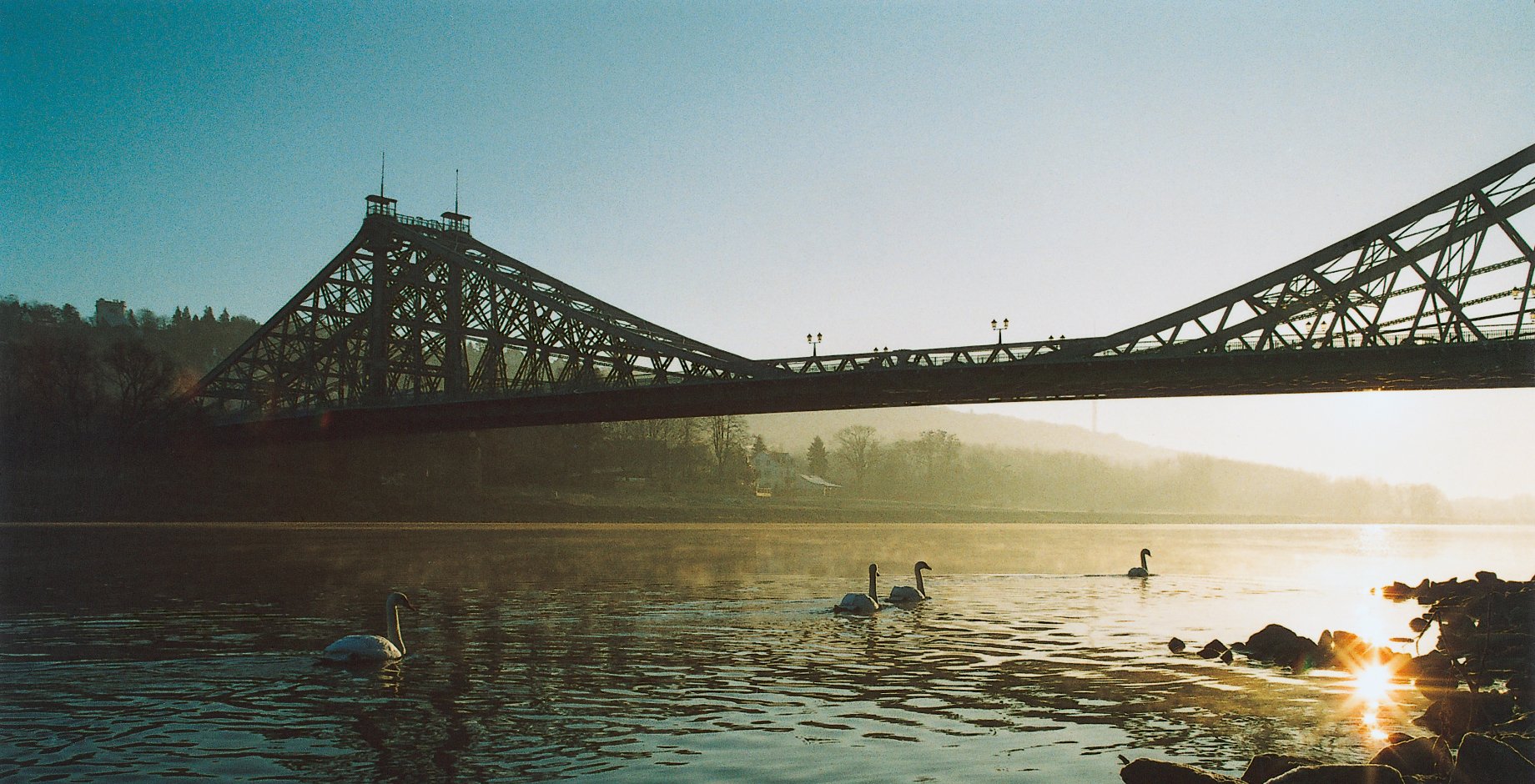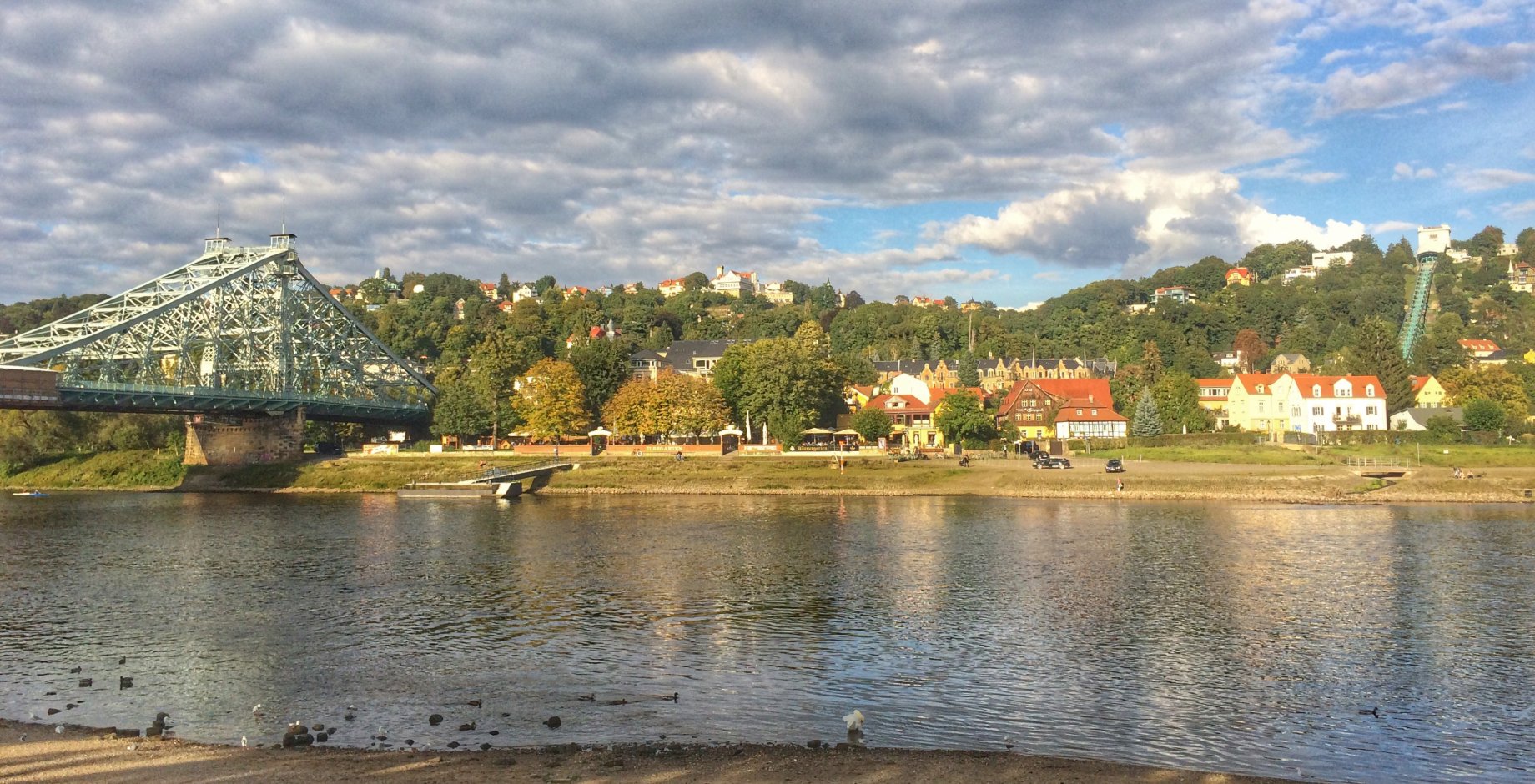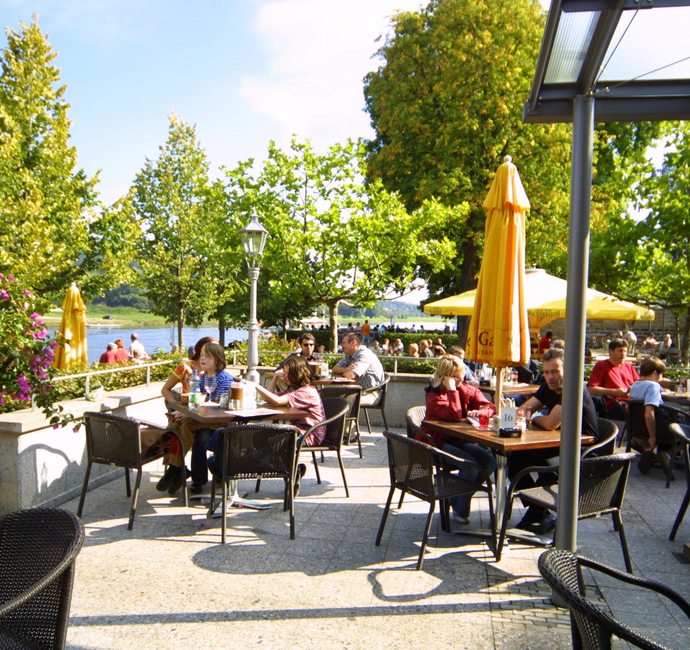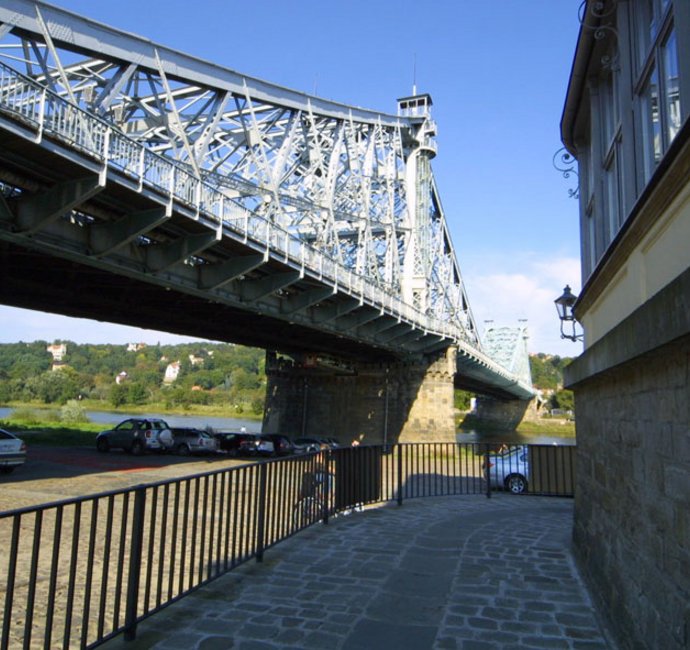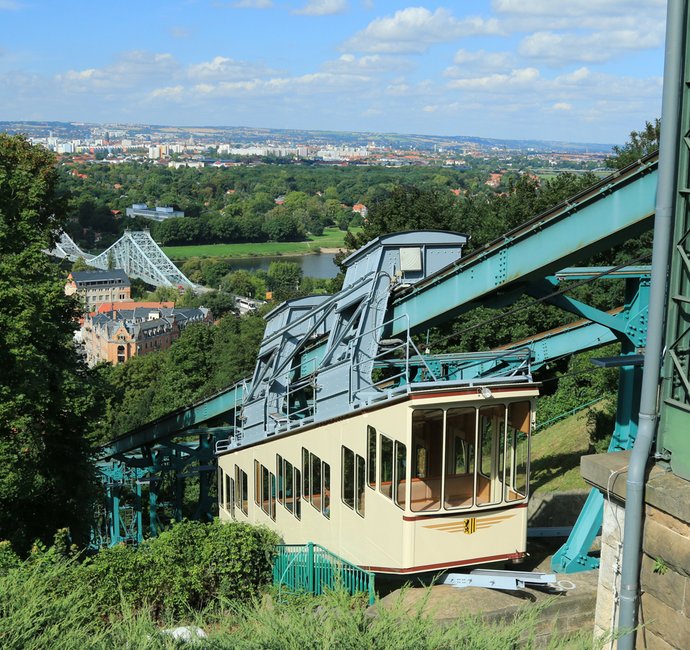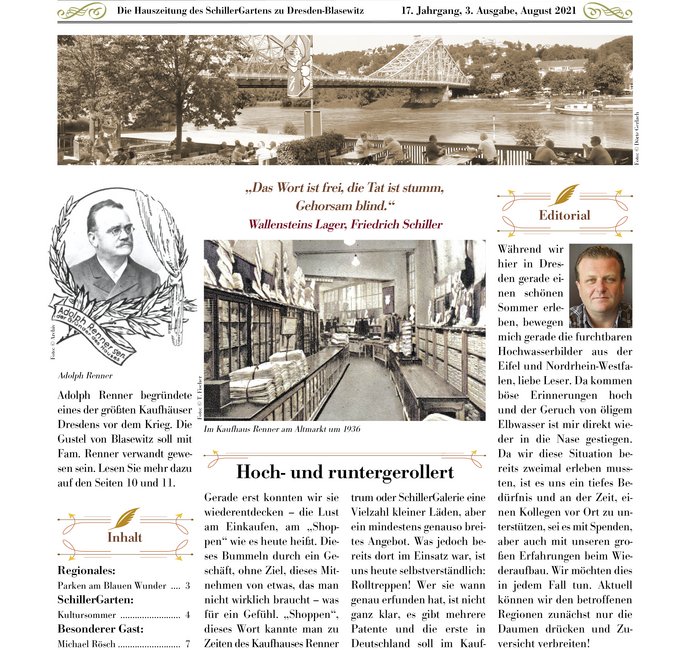Restaurant & beer garden
The SchillerGarten is a long-established restaurant with a large beer garden in a unique location right by the Elbe. We serve honest, hearty food, plus our own home-made ice cream and pastries, and run our own butcher’s shop.
All kinds of people gather at the restaurant: friends in the beer garden, businesspeople and celebrating families in our function rooms, parents and children at our playground, and the young at heart who meet here for a chat over coffee.
The magical view of the Elbe, the Blue Wonder – one of Dresden’s historic bridges – and the heights of Loschwitz on the other riverbank make the SchillerGarten one of the most beautifully located restaurants and beer gardens in Dresden.
We three restaurateurs – the owner Frank Baumgürtel, Thomas Jacob and Steffen Brasche – have been running this traditional eating place since 2004. We live by our passion for superb, honest and hearty German food made from fresh regional products. This is one of the few restaurants in Dresden where guests come across a restaurateur in person at the front of the house.

